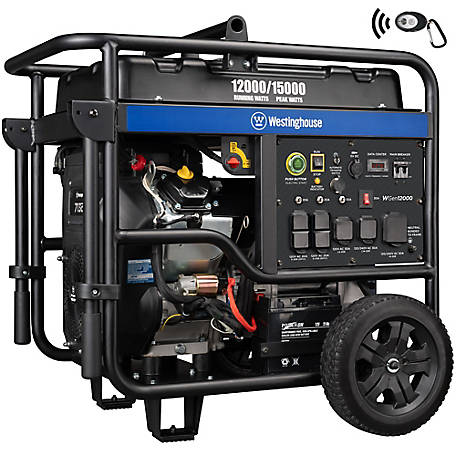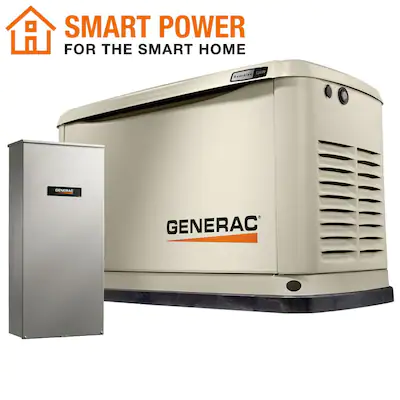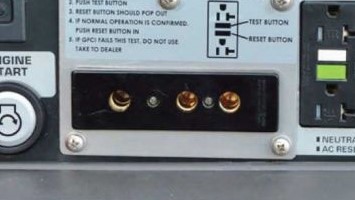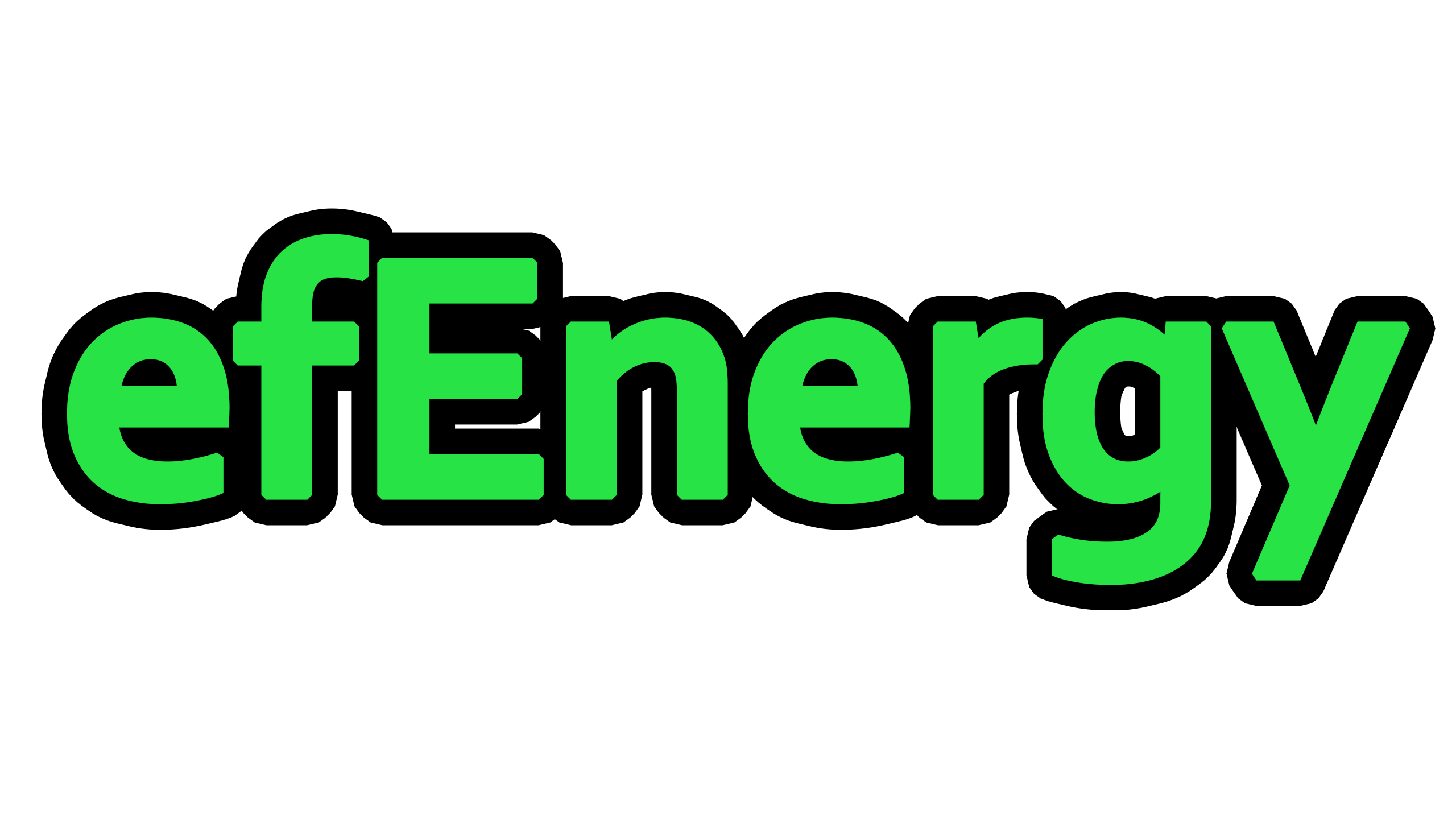efEnergy is our research program to create an efficient, Renewable Power Generator (RPG).
With all the natural disasters happening, such as Hurricane Ida, the wildfires throughout the west, and the cold fronts throughout Texas, thousands have been without power for weeks on end. These people have been at the mercy of the power companies (not that the power companies have deliberately left them without power). It takes power crews weeks to restore the power to these large areas.
Yes, there are a number of power sources that can take a house off the grid and have power even during these disasters. There’s solar, wind and others. However, these are expensive to have installed. When there are installed, it only replaces your power bill with a loan payment. You stop paying one provider only to pay another provider.

There are also generator options to power a home during a disaster, but these are certainly a temporary solution. Yes, these generators are cheaper than the previous mentioned solutions, but you need to have the right power hookups installed in the home for this to be possible. These gennies are also gas guzzlers. The gennies usually have a 5-gal tank on them and that tank only lasts for 10 hours or so. At today’s gas prices, you can burn through $50 a day easily. Doing this for two weeks, or longer, waiting for power to come back is very expensive, especially if the genny needs to run 24/7. And that’s only possible if you have access to that amount of fuel.
Other emergency generators run off Natural Gas. To keep these gennies going, your gas bill skyrockets, provided you still have access to natural gas. Gas is usually shut off during an emergency. If they run off propane, you can burn through a tank quickly and then you still run into the supply issues. There are no good long-term solutions that won’t break the bank.

There has to be a better solution. Well, we think we’ve found one.
We have an idea for a clean power solution that will keep a home powered during an emergency, or all the time if you’d like. The best part is, if our idea works, the power source will be inexpensive to purchase and install, and won’t need excessive amounts of fuels to operate.
We’ve been drawing up my plans and we’re now to the testing and experimentation phase of our idea. We need supplies to test our theories and build a prototype of the power source.
If our prototype works, it has the potential to change the way homes are powered, not only during disasters, but all the time.
To test our theories and get the supplies we need to make those test and build the prototype, we need $50,000. This will cover the costs of the supplies and materials needed to test the theories and build the prototype.
Here is a breakdown of the costs to build and test the prototype:
| Price | Qty | Total | |
| 4500 Watt Genny | $535.00 | 2 | $1,070.00 |
| 24000 Watt Genny | $6,000.00 | 2 | $12,000.00 |
| SeaSalt Battery | $90.00 | 3 | $270.00 |
| Emergency Shutoff Switch | $15.00 | 3 | $45.00 |
| Manual Transfer Switch Kit | $600.00 | 1 | $600.00 |
| AC to DC Converter | $150.00 | 3 | $450.00 |
| AC Digital kWh Meter | $200.00 | 3 | $600.00 |
| 3600RPM Electric Motor | $110.00 | 3 | $330.00 |
| Alternator | $650.00 | 3 | $1,950.00 |
| Gears & Shafts | $2,000.00 | 1 | $2,000.00 |
| Automatic Transfer Switch | $110.00 | 3 | $330.00 |
| Programmable Relay Switch | $1,500.00 | 3 | $4,500.00 |
| Computer Componets for Relay Switch | $2,500.00 | 1 | $2,500.00 |
| Honda 7000S w/ bates hookup | $7,000.00 | 2 | $14,000.00 |
| Accessories (Wiring, heatshrink, etc) | $5,143.33 | 1 | $5,143.33 |
| Contingency | $4,578.83 | 1 | $4,578.83 |
| Total | $50,367.16 |
Once we have a working prototype, we can get a patent on the device. This will make it easier to approach financers for mass production. Mass production would be able to bring the cost per unit down considerably. If our estimations are correct, the final product could be on the market for less than $10,000. Possibly closer to $5,000 depending on the cost of materials and labor. That’s a fraction of the cost of solar.
Once we have a final product, our plan is to solicit real estate developers and have the units come with the homes – absorbing the cost into the mortgage of the home. This eliminates any sting from the price tag. The unit will also be available to be installed in existing homes.
Now we’re specifically looking at residential application. As the residential unit proves it’s ability to cleanly and efficiently power a home, we’ll start to look into producing commercial units.

Also, for our filmmaking friends out there. We will also be developing an RPG with a bates hookup for use on set. This will save film productions hundreds of dollars in fuel during the length of Principal Photography. It’ll also be a quieter power solution for working on set than other generators currently on the market.
For all those that contribute to the efEnergy project, you’ll receive a link and password to a private webpage where you’ll be able to watch our progress and see how things are coming along.

